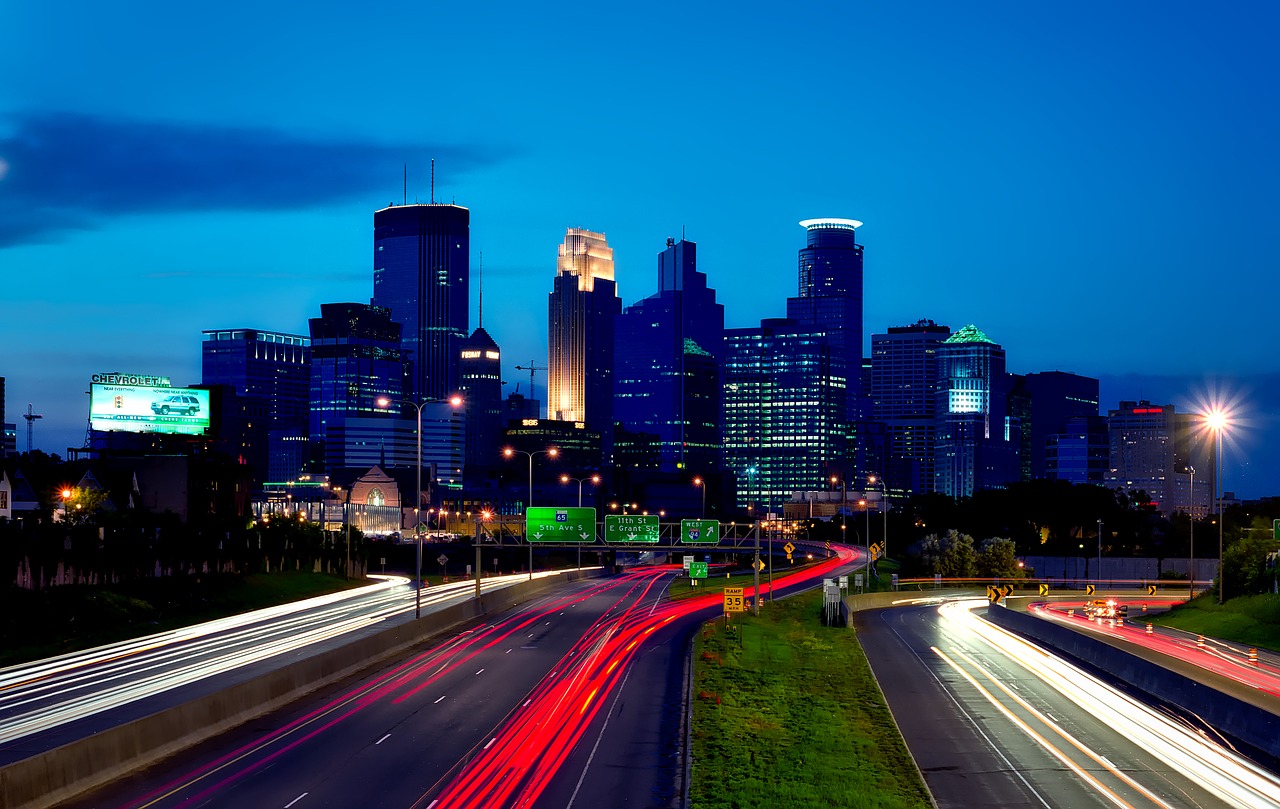Twin cities
Contents |
[edit] Introduction
The term twin cities (or metroplex) refers to a metropolitan area that is made up of two anchor cities in close proximity and of nearly equal size and significance. The term encompases their suburbs, which may merge into each other over time. Twin cities sometimes originate with the construction of an airport that serves both anchor cities and the surrounding suburbs.
Associated with American terminology (although used around the world), twin cities is similar to the international term, urban agglomeration, and the British term, conurbation. However, modern twin cities preserve their individual identities, unlike those associated with a conurbation, ‘which refers to a region comprising a number of cities, large towns and other urban areas that, through population growth and physical expansion, have merged to form one continuous urban and industrially developed area.'
Twin cities are not to be confused with twin towns or sister cities, which are agreements made between municipalities located in different parts of the world. These arrangements are made to encourage an understanding between cultures and sometimes serve as the basis for international economic cooperation.
[edit] Distinguishing characteristics
While twinned cities are joined by proximity and size, they may not share the same demographic or political characteristics. People who live in twin cities may prefer being identified as residents of their anchor city, although they may live in one anchor city and work in another.
There are some historic instances where the individual cities grew into each other and lost their separate identities. For instance, Buda and Pest were individual cities in Hungary that united in 1873 to become Budapest.
[edit] Boundaries
In the case of Buda and Pest, the Danube river separated the two original cities. Geographic elements (such as waterways) and political boundaries (such as state or international borders) are sometimes disregarded by twinning cities.
Examples of international twin cities include:
- Detroit, Michigan (US) and Windsor, Ontario (Canada)
- Niagara Falls, New York (US) and Niagara Falls, Ontario (Canada)
- San Diego, California (US) and Tijuana, Baja California (Mexico)
[edit] Twin cities around the world
There are many twin cities around the world. Some include:
[edit] United Kingdom
- Bournemouth and Poole
- Brighton and Hove
- Leeds and Bradford
[edit] North America
- Dallas and Fort Worth, Texas (sometimes referred to as Metroplex)
- Kitchener-Waterloo, Ontario
- Minneapolis and St Paul, Minnesota
- Raleigh and Durham, North Carolina
- San Francisco and Oakland, California
- Scranton and Wilkes-Barre, Pennsylvania
- Tampa and St Petersburg, Florida
[edit] Other international twin cities
- Bangkok and Nonthaburi, Thailand
- Cairo and Giza, Egypt
- Hyderabad and Secunderabad, Telangana state, India
- Kyoto and Otsu, Japan
- Tel Aviv and Jaffa, Israel
[edit] Related articles on Designing Buildings
Featured articles and news
One of the most impressive Victorian architects. Book review.
RTPI leader to become new CIOB Chief Executive Officer
Dr Victoria Hills MRTPI, FICE to take over after Caroline Gumble’s departure.
Social and affordable housing, a long term plan for delivery
The “Delivering a Decade of Renewal for Social and Affordable Housing” strategy sets out future path.
A change to adoptive architecture
Effects of global weather warming on architectural detailing, material choice and human interaction.
The proposed publicly owned and backed subsidiary of Homes England, to facilitate new homes.
How big is the problem and what can we do to mitigate the effects?
Overheating guidance and tools for building designers
A number of cool guides to help with the heat.
The UK's Modern Industrial Strategy: A 10 year plan
Previous consultation criticism, current key elements and general support with some persisting reservations.
Building Safety Regulator reforms
New roles, new staff and a new fast track service pave the way for a single construction regulator.
Architectural Technologist CPDs and Communications
CIAT CPD… and how you can do it!
Cooling centres and cool spaces
Managing extreme heat in cities by directing the public to places for heat stress relief and water sources.
Winter gardens: A brief history and warm variations
Extending the season with glass in different forms and terms.
Restoring Great Yarmouth's Winter Gardens
Transforming one of the least sustainable constructions imaginable.
Construction Skills Mission Board launch sector drive
Newly formed government and industry collaboration set strategy for recruiting an additional 100,000 construction workers a year.
New Architects Code comes into effect in September 2025
ARB Architects Code of Conduct and Practice available with ongoing consultation regarding guidance.
Welsh Skills Body (Medr) launches ambitious plan
The new skills body brings together funding and regulation of tertiary education and research for the devolved nation.
Paul Gandy FCIOB announced as next CIOB President
Former Tilbury Douglas CEO takes helm.























